Contact us
Get a free marketing consultation for your business
Свяжитесь с нами
Получите бесплатную консультацию от нашего эксперта
تواصل معنا
طور أعمالك معنا

Are you leaving already? Leave a request to find out how to turn your business into a market leader!
It's totally free

هل حقاً ستغادر ؟ اترك طلباً لمعرفة كيفية تحويل عملك إلى شركة رائدة في السوق!
إنه مجاني تماماً
Platforms
Complex marketing
Contact us
Social media
Phone Number
Email
For job search and partnership
Contact us
Social media
Phone Number
Email
For job search and partnership
Our company
Contact us
Social media
Phone Number
Email
For job search and partnership
Our showreel
Contact us
Social media
Phone Number
Email
For job search and partnership
How to make a portrait of the target audience and implement it into work: a ready-made example with a job story
[ BLOG ]
Table of contents of the article
Introduction
In this article, we detail how to step-by-step create a portrait of your target audience, about the "Jobs To Be Done" approach, Job Story, and how to integrate the audience portrait into your work.

The portrait of the target audience
The portrait of the target audience is a detailed description of one of the TA segments. There might be multiple segments, so choose the most promising ones, i.e., those segments that purchase more frequently.
- Once you've chosen a promising segment, name it appropriately. For instance, "students" or "affluent youth". There are no strict guidelines on naming, but ensure it is clear to you and doesn't lead to confusion.
- Document characteristics from the previous point: name, age, place of residence, field of activity, approximate income, interests, which social networks they're present on, their challenges, etc. Write down everything you deem essential.
- Insert a photograph. It could be a real one or from a stock photo. Ensure that the picture resonates with whom you've communicated. For example, if you spoke to a young woman, the photo should depict a young woman. The purpose of the photograph is to give you a tangible image of the person for better understanding.
- Crafting a Job Story for a Target Audience Persona: An In-Depth Analysis. The culmination of understanding your target audience hinges on crafting the right job story. So, what exactly does this entail?
Within the domain of marketing lies a nuanced approach known as "Jobs To Be Done" (JTBD)
It posits that to truly grasp the essence of your audience, one must envision how an individual approaches and resolves their unique challenges. It's about recognizing the task at hand, and the desired outcome—hence the nomenclature. Integral to JTBD is the formulation of a job story, which captures the context in which the task arises, the underlying motivation, and the aspired result. Typically, a job story follows this template: When I _________ (situation or context), I want _________ (motivation or challenge), so that _________ (desired outcome).

Consider the following exemplars:
"When I'm navigating the waters of constructing a target audience profile solo, I desire a roadmap or instructional piece to ensure no vital detail slips through the cracks." This presents a tangible opportunity - curate an instructive guide that the audience can bookmark and revisit.
"Upon making the weighty decision to end my marriage, I wish to minimize any unnecessary encounters with my soon-to-be ex-spouse to safeguard my emotional well-being and ensure a dignified separation." Here, potential solutions emerge prominently. Services such as mediation agencies can step in, acting as conduits, facilitating paperwork, and ensuring smooth interactions in these emotionally charged circumstances.
Job stories shouldn't state the obvious. It should be crystal clear what the product can influence.
"Upon making the weighty decision to end my marriage, I wish to minimize any unnecessary encounters with my soon-to-be ex-spouse to safeguard my emotional well-being and ensure a dignified separation." Here, potential solutions emerge prominently. Services such as mediation agencies can step in, acting as conduits, facilitating paperwork, and ensuring smooth interactions in these emotionally charged circumstances.
Job stories shouldn't state the obvious. It should be crystal clear what the product can influence.
Poor examples:
"When I'm feeling down, I call a psychologist to talk" or "When I'm cold, I want to wear a sweater to feel warm."
Now, having gathered all the primary information, your finished target audience portrait might look like this. Ideally, you should have multiple such portraits.
Now, having gathered all the primary information, your finished target audience portrait might look like this. Ideally, you should have multiple such portraits.

How to Continue Working with the Target Audience Portrait
Here, we often observe stagnation, and work comes to a halt. Project authors try to study their audience but then are unsure of what to do next. It feels like the work has been done, but only formally, and all results are set aside indefinitely. Let's discuss how to effectively work with this.
After you've interacted with your audience, created target audience portraits, and identified the segments that are most interesting to you, you can move on to devising a strategy or, at the very least, formulating a plan for further work.
After you've interacted with your audience, created target audience portraits, and identified the segments that are most interesting to you, you can move on to devising a strategy or, at the very least, formulating a plan for further work.
- Share the portraits with your team. Present the completed portraits to your team and colleagues: sales department, target marketers, developers, SEO specialists, copywriters, managers, and so on. Look at these portraits collectively and share ideas on how to enhance the company's operations.
- Carefully review everything you've compiled. If you genuinely engaged with your audience while creating these portraits, you'll have plenty of insights for improvement. For instance, a buyer "relies on their choice and doubts the freshness of the product they're purchasing" (in our example, the product is tea). What can be done here? Improve the product description cards: check if all products have them, see if they're detailed enough, ensure they mention the year of collection, so it's clear whether the tea is fresh or not, and so forth. Additionally, you found out that customers like to listen to music and drink tea during their breaks. One solution could be adding a music playlist, broadcast, or radio to the website to make the product selection process more comfortable.
- Evaluate all marketing tools and consider which ones will help you better interact with the audience. There are many marketing tools, I'll list the main ones: targeted advertising, contextual advertising, social media, email marketing, content marketing, media advertising, and SEO optimization. Now, based on the portrait, think about how to enhance the effectiveness of these tools. For example, we see that a customer sometimes buys what the CEO recommends. Consider an email campaign from the boss or publishing reviews in a section called "CEO's Choice" on social media. We also note that the customer likes to travel, drinks alcohol, and listens to rap. We can use these interests when setting up targeted advertising or brainstorm collaborative mailings or special projects. Additionally, we can imagine how they might search for something online, and based on that, optimize the site and prepare content for different platforms, even identifying those platforms if they aren’t already defined. For instance, it's mentioned that the buyer interacts with other tea enthusiasts. Here, one could think about creating a community, a private club, or a channel, perhaps on Telegram, and hire a community manager for it. Alternatively, you could develop a referral program to make group purchases.
- Every time you want to make a decision, refer to the target audience portrait. For instance, TikTok recently gained popularity, and many businesses decided to jump onto this platform. Our project also faces the decision of whether to join or not. To decide, we can look at the portrait: a 34-year-old man who works extensively in the gas extraction industry. What are the chances that this user has time for TikTok and is interested? The answer might be yes, or maybe no. It's essential to evaluate your resources and possibly test the waters.
Certainly, studying the audience and subsequent work requires resources, but we believe it will bring you closer to your customers.

FAQs: Frequently Asked Questions
Depending on the industry and the rapidity of market changes, it's advisable to review and update your portrait at least annually.
Segmentation allows for more tailored and effective strategies, ensuring you reach the right audience with the right message.
Absolutely! Most businesses have multiple target audiences, and creating portraits for each can be beneficial.
While they are closely related, a target audience is a broader segment of the market, while a buyer persona is a detailed representation of an individual within that segment.
From product development to sales, understanding your audience ensures that your strategies are aligned with their needs, leading to higher satisfaction and better business outcomes.
Yes, several tools and platforms provide analytics and insights to help businesses create detailed audience portraits. Examples include Google Analytics and HubSpot.
Services
Cases base
Our company
Blog
Platforms
Instagram Ads
Facebook Ads
Google Ads
TikTok Ads
LinkedIn Ads
Email Marketing
Yandex Direct
Complex marketing
All services
Digital Marketing
Website development
Advertising services in Dubai
Advertising services in Abu Dhabi
Social Media Marketing
Real estate
Real estate development marketing
Video production
B2B marketing
Personal branding
Restaurant marketing
Beauty marketing
Healthcare marketing
Instagram Ads
Facebook Ads
Google Ads
TikTok Ads
LinkedIn Ads
Email Marketing
Yandex Direct
Complex marketing
All services
Digital Marketing
Website development
Advertising services in Dubai
Advertising services in Abu Dhabi
Social Media Marketing
Real estate
Real estate development marketing
Video production
B2B marketing
Personal branding
Restaurant marketing
Beauty marketing
Healthcare marketing
Social media
Phone Number
Email
For job search and partnership
Copyright 2025 WGG Marketing Management LLC.
All Rights Reserved.
All Rights Reserved.
Address
Get in touch
Stay with us

Our Achievements
















